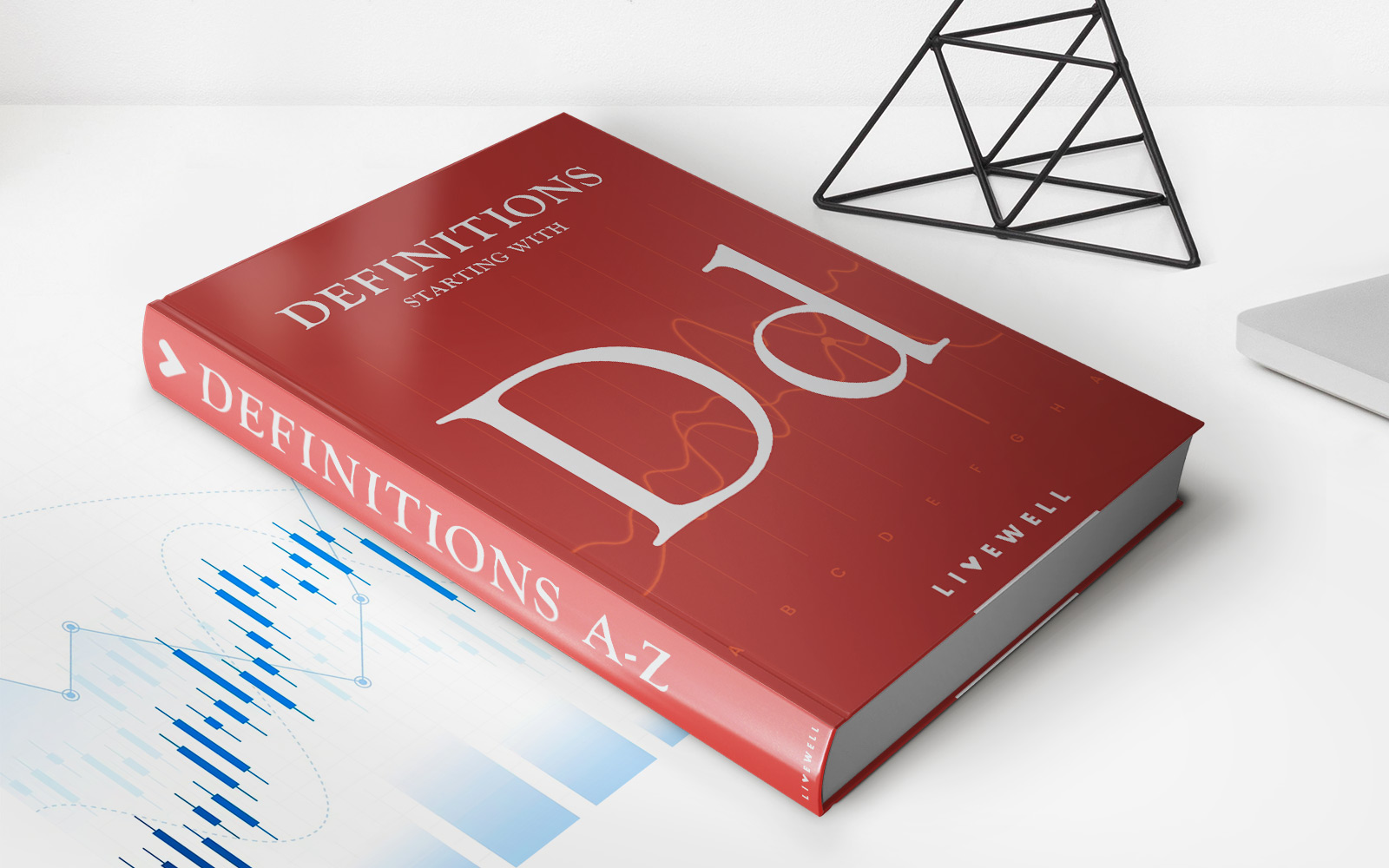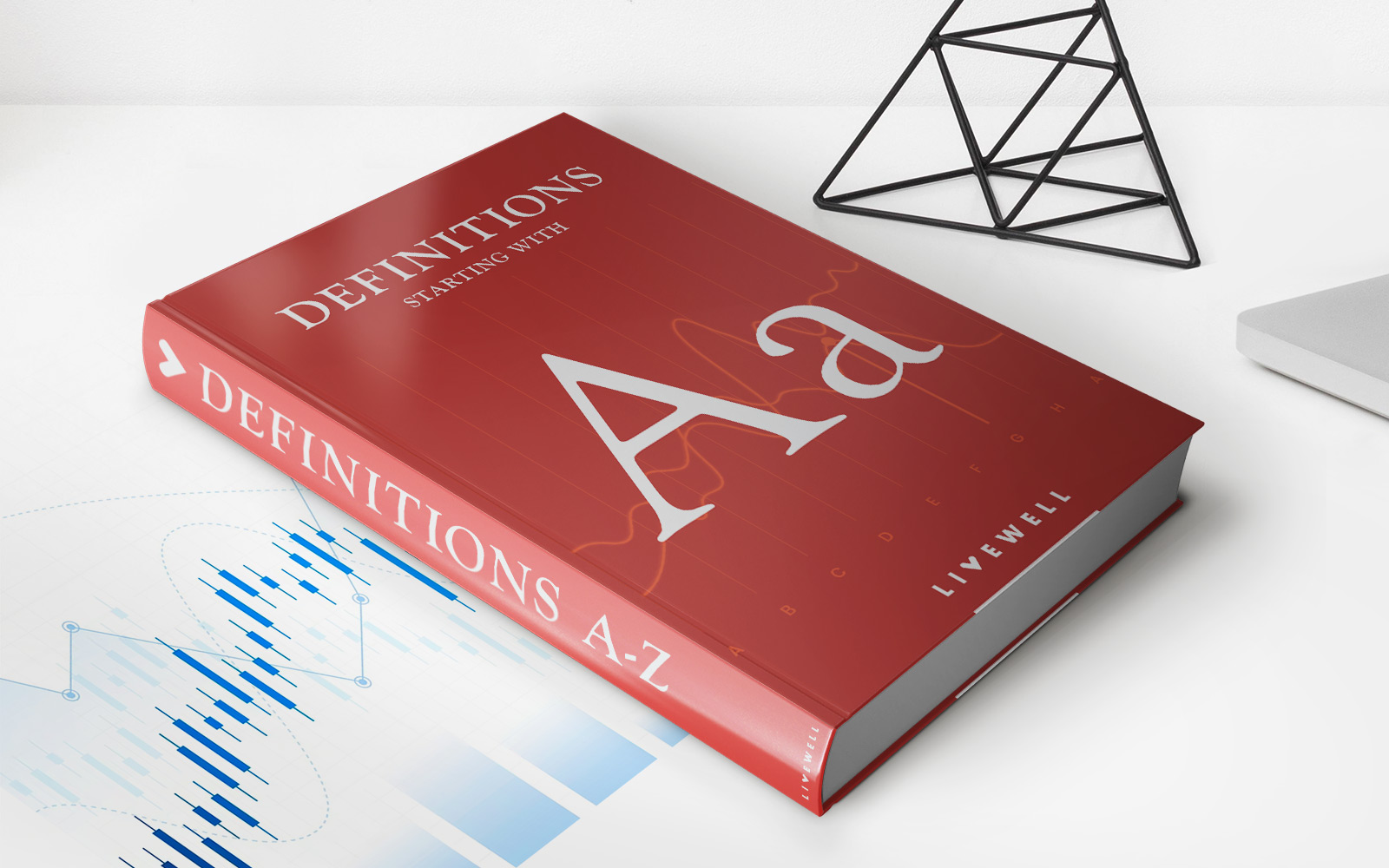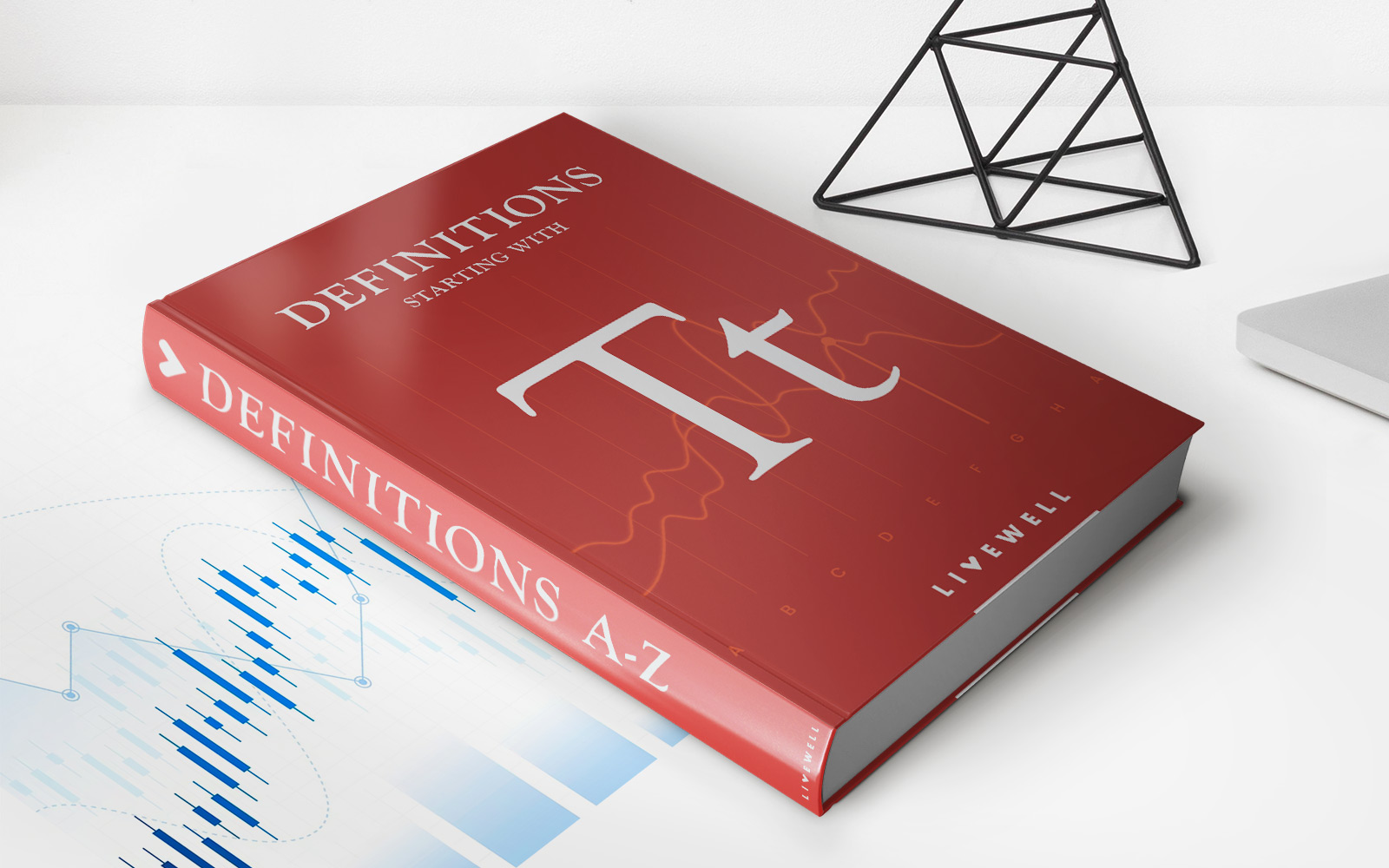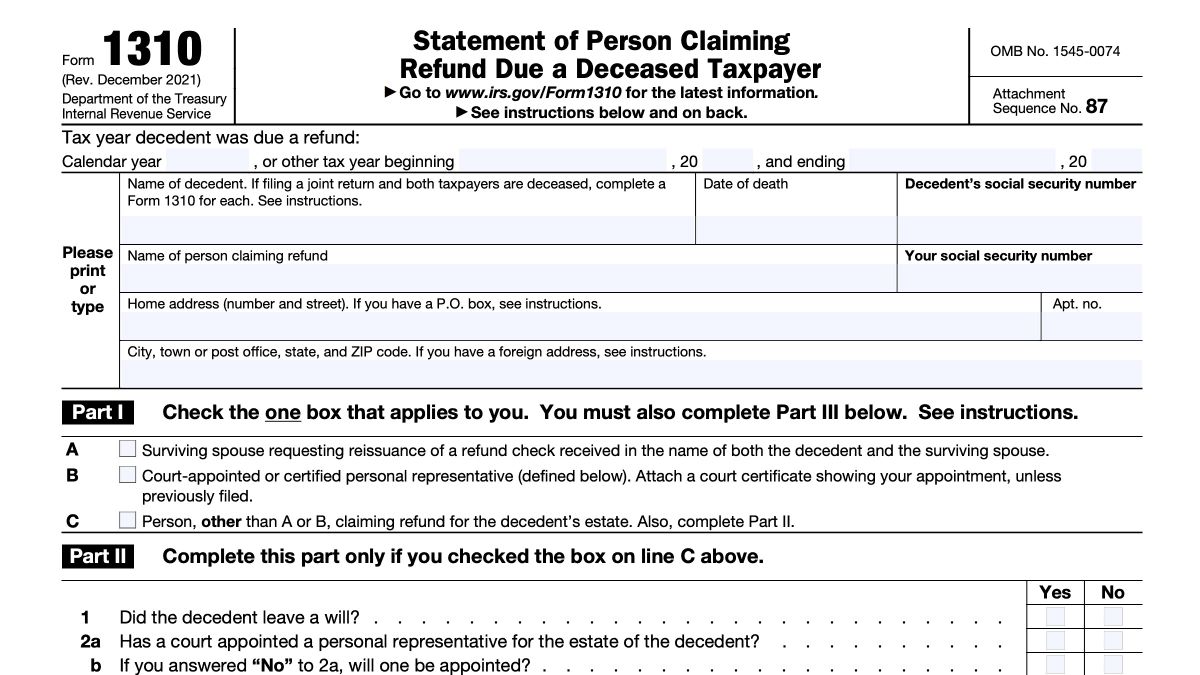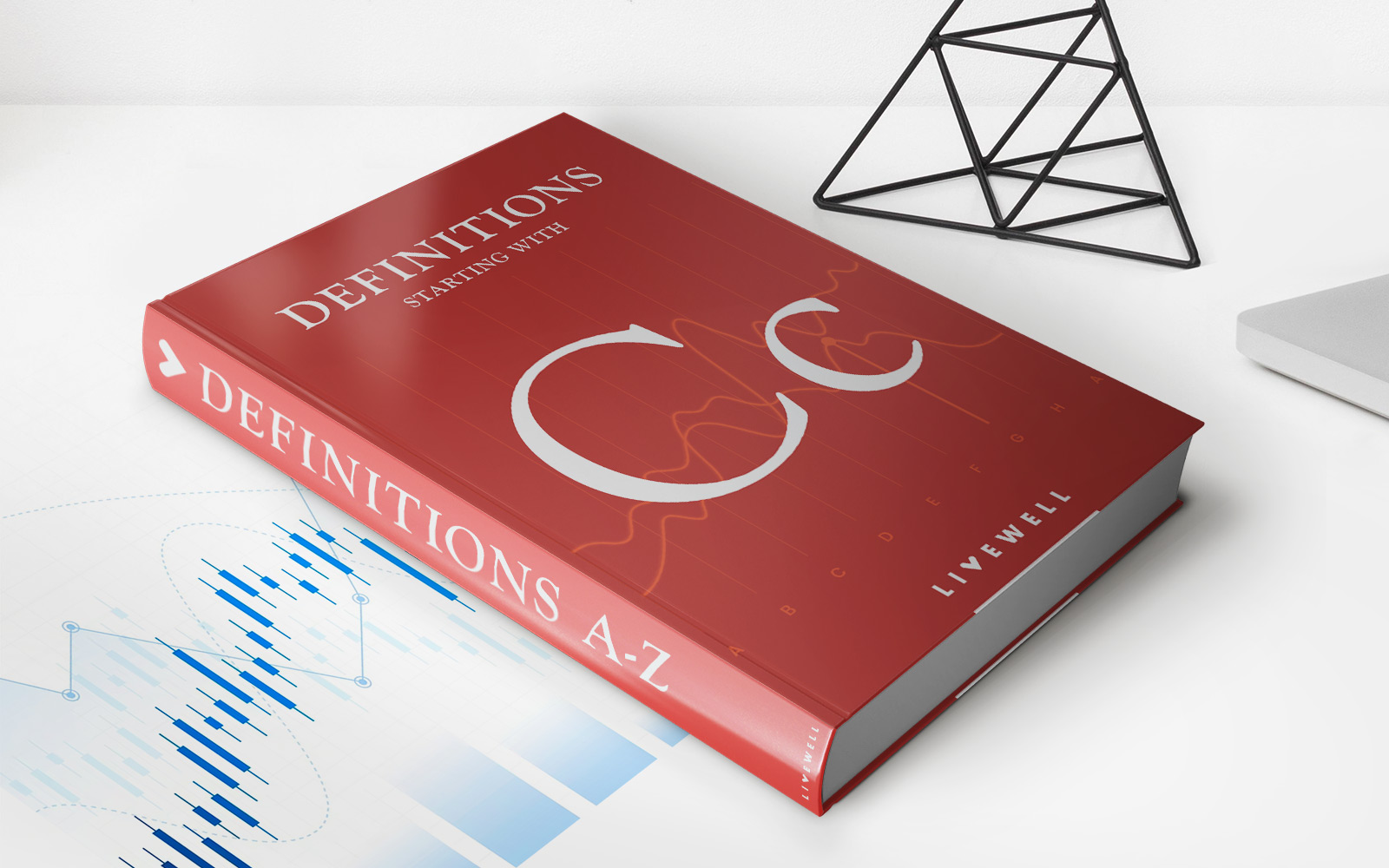

Finance
Credit Market: Definition, Types, Example
Modified: January 15, 2024
Learn about the definition, types, and examples of credit market in finance. Understand how it plays a crucial role in the financial industry.
(Many of the links in this article redirect to a specific reviewed product. Your purchase of these products through affiliate links helps to generate commission for LiveWell, at no extra cost. Learn more)
Understanding Credit Markets: Definition, Types, and Examples
Welcome to our finance blog! In this post, we will explore the intriguing world of credit markets. But first, let’s answer the burning question: What are credit markets? Simply put, credit markets are where borrowers and lenders come together to engage in the buying and selling of various forms of debt. Now, let’s dive deeper into this fascinating realm and discover the different types of credit markets and some real-life examples.
Key Takeaways:
- Credit markets facilitate the exchange of debt between borrowers and lenders.
- There are several types of credit markets, including bond markets, loan markets, and derivative markets.
The Different Types of Credit Markets
In the world of finance, credit markets can be broadly categorized into three main types:
1. Bond Markets:
Bond markets are one of the most well-known types of credit markets. In these markets, entities such as governments, municipalities, and corporations issue bonds to raise capital. Investors, both individuals and institutions, purchase these bonds and earn interest over a specified period of time. Examples of bond markets include the U.S. Treasury bond market and the corporate bond market.
2. Loan Markets:
Loan markets are another significant component of the credit market. In these markets, individuals, businesses, or governments borrow funds from financial institutions or other entities for a specific period. The loans may be secured, such as a mortgage, or unsecured, like a personal loan. Examples of loan markets include the mortgage market, auto loan market, and the student loan market.
3. Derivative Markets:
Derivative markets involve the trading of financial instruments whose value is derived from an underlying asset, such as stocks, bonds, or commodities. Options, futures, swaps, and forwards are examples of derivative contracts that are traded in these markets. Derivatives provide opportunities for hedging, speculation, and arbitrage. Examples of derivative markets include the Chicago Mercantile Exchange (CME) and the Chicago Board Options Exchange (CBOE).
Real-Life Examples of Credit Markets
To better illustrate the various credit markets, let’s take a look at a few real-life examples:
1. Government Bonds:
When a government needs to finance public projects or manage its economy, it can issue bonds. Investors purchase these bonds, effectively lending money to the government, and earn interest over time. The U.S. Treasury bond market is one of the most prominent examples of a government bond market.
2. Mortgage Market:
The mortgage market allows individuals to borrow funds from financial institutions to purchase real estate. The lender holds the mortgage as collateral until the borrower repays the loan and interest. The secondary mortgage market, which involves the buying and selling of mortgage-backed securities, is a vital component of the overall mortgage market.
3. Stock Options:
Stock options are derivative contracts that grant the holder the right to buy or sell a specific stock at a predetermined price within a specified time frame. Traded in derivative markets, stock options offer investors the opportunity to profit from fluctuations in stock prices without owning the actual shares of the company.
And there you have it! By grasping the concept of credit markets and exploring their different types and real-life examples, you now have a broader understanding of this essential aspect of the financial world. Remember, credit markets play a crucial role in the functioning of global economies, enabling the flow of capital and supporting economic growth.
Thank you for joining us on this journey through the intricacies of credit markets. We hope you’ve gained valuable insights that will help you navigate the complex world of finance in a more informed manner.






